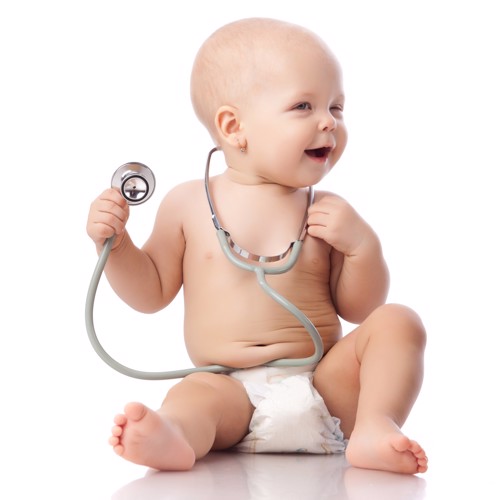Paediatric Mental Health
NO
PHARMACEUTICAL INFLUENCE
Paediatric Mental Health

I first met Will as a very new GP partner. He came in accompanied by both parents, one duty afternoon. His mother was in tears, his father grim-faced; Will’s face was hidden behind a long, unwashed fringe and beanie hat. He’d told his parents that morning that he’d wanted to die. He spoke little himself, but I came to know him quite well over the coming months and years, as we moved past that initial, dreadful day on the slow, intermittent ascent back to better times. He’s always stuck in my mind the way some patients do. I’m not sure why he did more than so many others like him.
And we do know that there are many like him. At the end of June, Young Minds undertook an analysis of NHS Digital data concerning the mental health of young people in England. The findings were sobering, and were covered in the mainstream press. The headline messages speak starkly for themselves: 1.4 million children and young people sought help from the NHS for their mental health and were referred to child and adolescent mental health services.
I suspect these figures won’t be surprising to many reading this. We’ve known for some years that the increasing prevalence of mental health disorders in young people is one of the great primary care challenges of our time. The COVID-19 pandemic has undoubtedly played an enormous part in this, with the Nuffield Trust telling us that it saw CAMHS crisis referrals increase by over 80%. Even so, the BMJ was warning five years ago of a fivefold increase in students disclosing mental health problems. We also know, of course, that these conditions can lead to some of the very worst outcomes that we deal with; our colleagues at the RCPCH rightly reflect in their State Of Child health Review that suicide is now one of the leading causes of death in young people across the UK. Nearly half of 17-19 year olds with a mental health disorder will have either self-harmed or attempted suicide at some point. Will ultimately did both during his health journey.
I don’t think a week of practice goes by for any of us without encountering a distressed, anxious or depressed teenager, and seeing how their problems take a huge toll on not just them, but their families. These are challenging, messy consultations, that take time and care, and often end in what can feel like a thankless tussle with a secondary care service that is all-too-evidently stretched these days.
We should take heart, though. We are good at managing this. The BJGP speaks of the “exceptional potential of the general practice consultation.” We are central to the health of young people and their families, and as such are central to the response to this unprecedented health crisis. However, we can still find ourselves feeling vulnerable ourselves when we face the young person in crisis.
That’s why on our new Hot Topics course on Paediatrics in Primary Care we cover the adolescent mental health crisis in detail, along with a range of common and important childhood problems. Using case-based learning we look at the evidence and summarise the guidance to give primary care clinicians the tools they need to continue the excellent work that they already do.
Will’s story ended happily; when I last saw him he was an adult, working in a job he enjoyed, having come to terms with some things in his life that were driving so much of his anxiety. That improvement, of course, came from him and his hard work to get better; but I like to hope that the practice team who helped look after him and his family played a small part too, just as you and your colleagues do for your own patients.
Dr James Booth
3rd August 2023
Join us at one of our upcoming courses or live webinars

Recent NB Blogs
Need an immediate update? – all our courses are available on demand
Did you find this useful?
You can quickly add CPD to your account by writing a reflective note about the Paediatric Mental Health post you've read.
Log in to your NB Dashboard and use the 'Add Reflective Note' button at the bottom of a blog entry to add your note.

